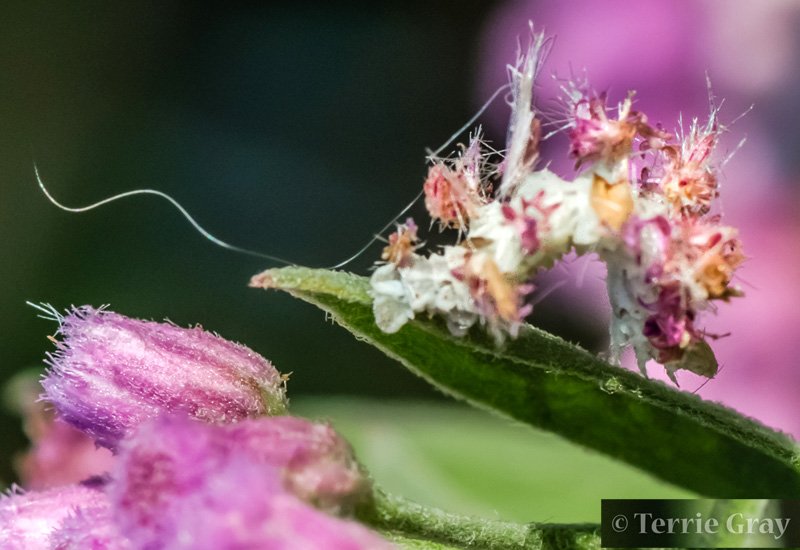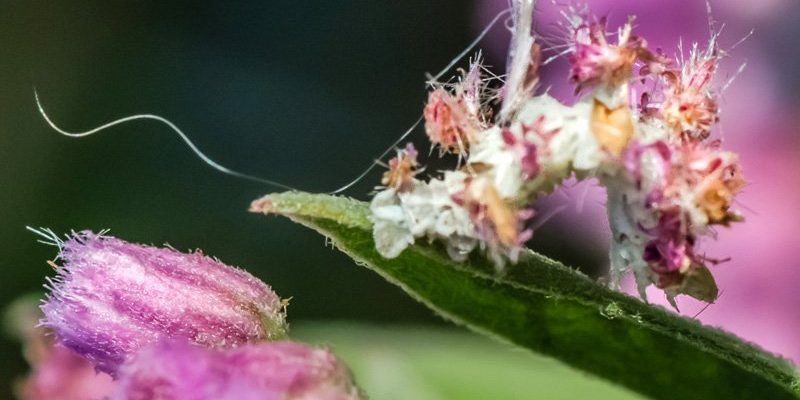
Imagine trying to stay hidden in a busy café. You’d want to pick a spot that matches your outfit, right? Inchworms do something similar. Their bodies are designed to mimic the look of twigs and leaves, making them hard to spot. This talent for camouflage is crucial for their survival, especially since they have a number of predators eager for a quick meal. Let’s dive deeper into how these fascinating little creatures manage to stay safe in the wild.
What Is Camouflage and Why Is It Important?
Camouflage is nature’s way of helping animals blend into their environment. It’s like wearing a disguise that helps them avoid being seen by predators. For inchworms, this ability is vital. Their natural enemies include birds, spiders, and other predators that are constantly on the lookout for lunch.
You might be thinking, “How does an inchworm even begin to camouflage?” Well, these little guys have evolved over millions of years to adapt their colors and shapes to match their surroundings. This means that whether they’re hanging out on a green leaf or a brown twig, they look like part of the scenery. Here’s the thing: if they can’t be seen, they’re much less likely to get eaten.
Inchworms’ camouflage also serves another purpose. When they feel threatened, they often curl up or stay very still, mimicking the appearance of a dead twig. This way, they avoid detection even better. Think of it like playing hide and seek, but instead of covering your eyes, you pretend to be part of the room.
The Colors and Patterns of Inchworms
Inchworms come in a variety of colors and patterns that help them mix into their environment. Most often, you’ll find them in shades of green or brown that mirror the leaves and branches they hang out on. This isn’t just for show; their color choices are strategic!
Let’s take a closer look at how their colors play into their survival. Green inchworms thrive in lush foliage, blending in so well that a bird would have to be exceptionally lucky to spot them. On the other hand, brown inchworms are usually found on tree trunks or dried leaves. The earth-toned colors allow them to disappear into the background.
Moreover, some inchworms will have markings or patterns on their bodies that resemble the texture of bark or leaf veins. This adds another layer of disguise. It’s like having a personalized outfit that makes them look just like their habitat!
Behavioral Camouflage: More Than Just Color
In addition to their color, inchworms have some fascinating behavioral adaptations that enhance their camouflage. When they sense danger, they often don’t scurry away like other insects might. Instead, they freeze in place and mimic a twig or leaf.
Here’s a fun little story for you: Imagine you’re walking through the woods and spot a small green inchworm hanging on a branch. If it suddenly stops moving and curls up tightly, it could easily trick a bird into thinking it’s just another piece of foliage. By becoming as still as possible, they’re making it nearly impossible for a predator to see them.
But that’s not all! Some inchworms also have the ability to sway gently in response to the wind. This mimics the motion of branches or leaves moving, making them blend in even more. It’s a smart move, ensuring they don’t attract unnecessary attention.
How Inchworm Camouflage Compares to Other Animals
Camouflage isn’t unique to inchworms; many creatures use similar strategies to avoid predators. For instance, chameleons and octopuses are well-known for their color-changing abilities. However, inchworms stand out due to their unique, passive approach.
Let’s take the chameleon as an example. Chameleons actively change colors based on their surroundings, but inchworms rely more on their innate colors and shapes. It’s a bit like comparing a dancer who twirls to a statue that simply stands still. Both have their strengths, but they go about blending in in different ways.
Another interesting comparison is with stick insects. These critters also mimic twigs and branches, but they often rely on their long, stick-like bodies to blend in. In contrast, inchworms have shorter, plumper bodies that can curl and create the illusion of a small dead twig when threatened.
Why Understanding Camouflage Matters
You might wonder why learning about how inchworms use camouflage is important. Well, understanding these adaptations helps us appreciate the complexity of nature. It shows us how every creature, no matter how small, has developed unique strategies to survive.
Studying these characteristics can also aid in conservation efforts. As habitats change, knowing how animals adapt can help us protect them. Inchworms might be tiny, but their survival skills have big implications for the ecosystem.
Challenges That Inchworms Face
While camouflage is a powerful tool, inchworms still face challenges in the wild. One major threat is habitat destruction. As forests are cleared for development, their natural hiding spots disappear, making them more vulnerable to predators.
Additionally, climate change affects the plants they rely on. If a plant species that inchworms depend on changes or dies off, it can disrupt their camouflage. This means they might stand out more than ever before, leaving them at a higher risk of being eaten.
It’s a tough reality, and it underscores the importance of protecting their environments. Every living creature plays a role in the ecosystem, and losing even the smallest ones can have a ripple effect.
Inchworms are like little ninjas of the natural world. Their ability to use camouflage is an impressive adaptation that keeps them safe from predators. From their color choices to their cunning behavior, inchworms remind us of the intricate relationships within our ecosystems.
Understanding how inchworms use camouflage isn’t just fascinating; it helps us recognize the importance of preserving their habitats. By appreciating these small creatures, we can contribute to a healthier environment for all. The world may be big, but every little inchworm counts!

